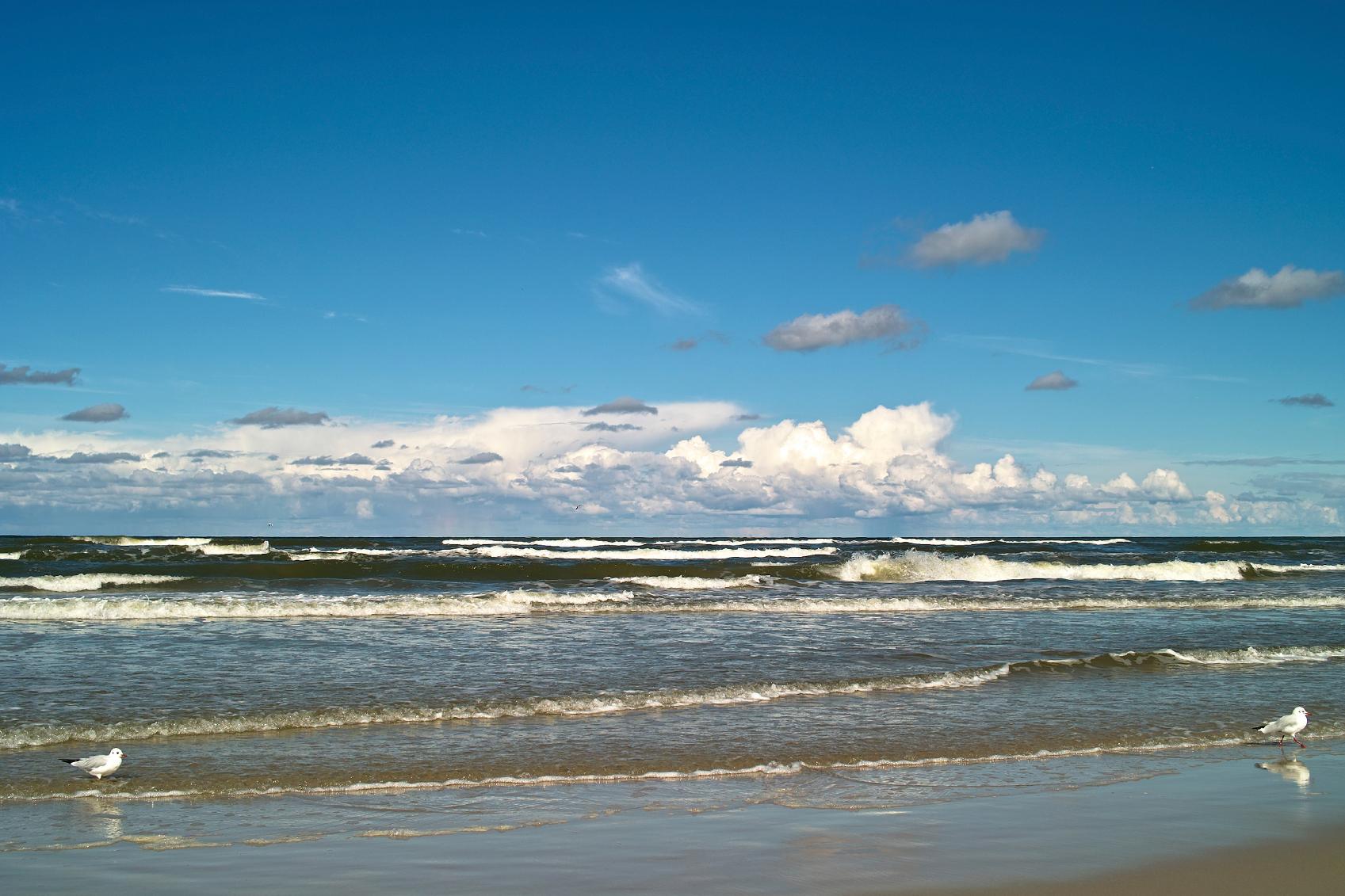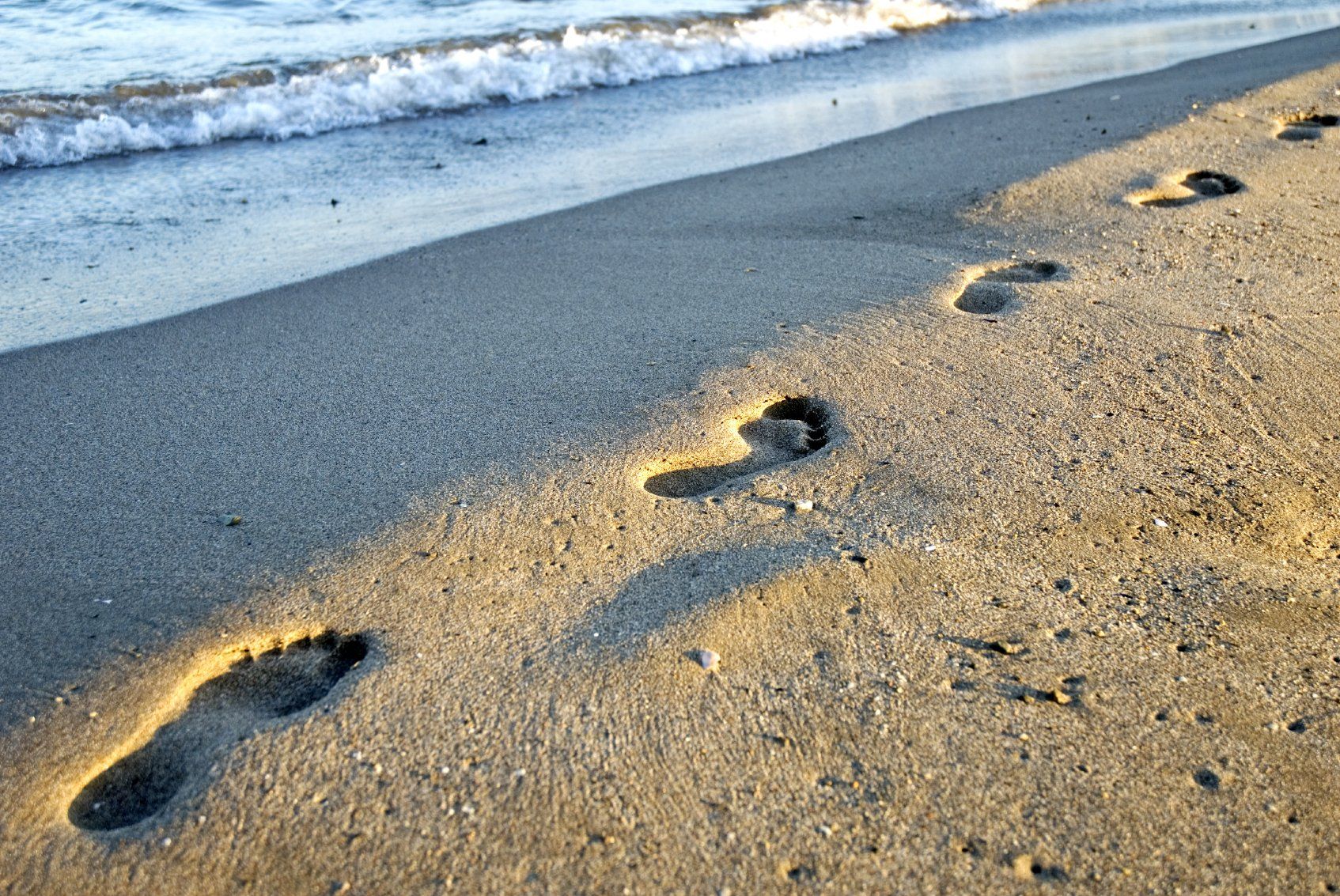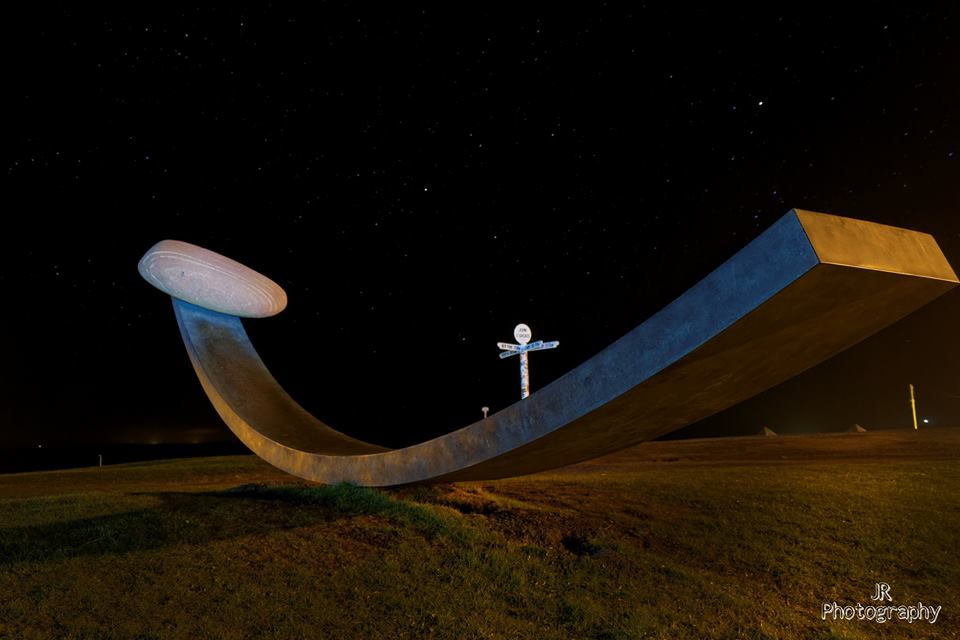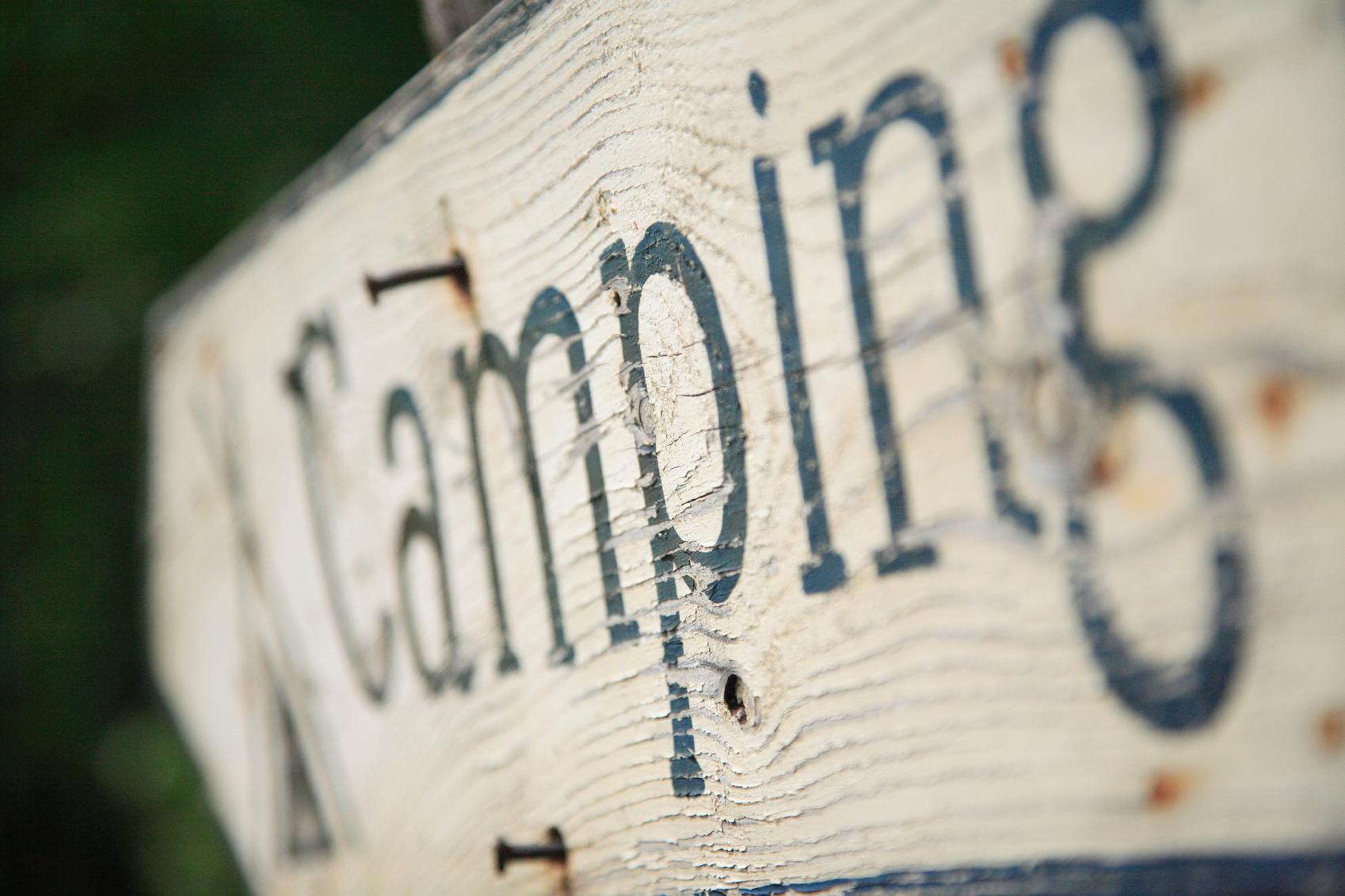The Selkie - A Caithness Mermaid?
The tale of the Selkie

Caithness has an affinity with the sea. With many small fishing harbours and ports, it is no wonder that many of the legends and superstitions of the county have links to the sea.
One particular legend is linked to a old church and graveyard just outside Castletown. The Old Olrig Church, believed to be dedicated originally to St. Trothians, can be dated to at least 1633, a date carved into the north west gable along with the initials of the then minister David Bruce.
Within the churchyard is the Selkie's Grave, it can be difficult to find nestled to the rear of the churchyard, past the pirates graves with their skull and crossbones, the Selkies Grave can normally be spotted with shells collected from the local beach and placed on top. For those who persevere, they will find a small hollow atop the Selkies Grave which, according to the legend, never dries out. For the brave, it is said that if you place your foot in the hollow and make a wish, it will come true.

And now to the Selkie herself.
It is told that one day a fisherman found a baby girl, swaddled in sealskin on the beach. The fisherman took the baby home and he & his wife raised the girl as their own.
The fisherman and his wife attended the church with their daughter and, as she grew, she was banished from the church as a child as she said she could see the devil lurking in the rafters of the church. This would have been mortifying for her adopted parents as the church was the centre of the small communities within Caithness.
The young girls life, unfortunately, did not improve. As a young woman, she died in childbirth given birth to her first child and was buried in the graveyard here.
There are many stories and legends regarding the Selkies. The most common revolves around the idea that, when in human form, the Selkies are stunningly attractive. Normally a man will steal or hide the seal skin of a female Selkie and thus coerce them into a relationship. Some legends say that a couple will be married for years and years and have a family, but when the Selkie finds or is given her sealskin, the call of the sea is too strong and she will head back to the water, never to be seen again (in some legends she does return annually to visit her children).










